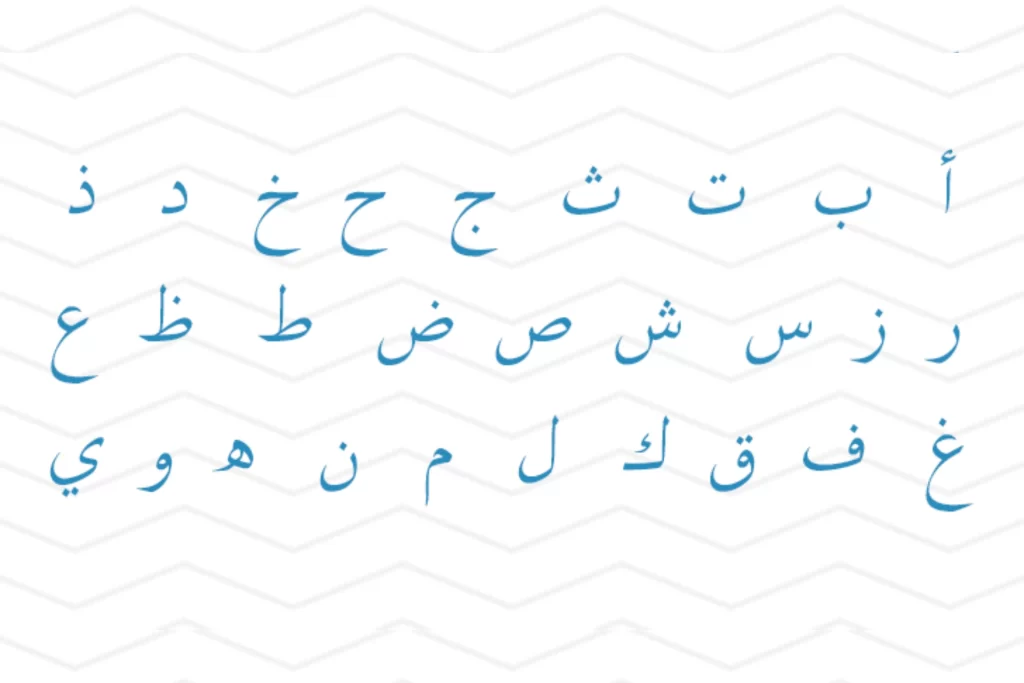Unlocking the Logic Behind the Language Through Arabic Grammar
Grammar is the game plan that allows languages to flow smoothly from mind to mouth. Mastering Arabic grammar is essential to becoming fluent in this language and empowers expressing yourself however creativity calls. In this guide, we’ll break down grammar’s key rules and nuances to equip you for eloquence. By applying these principles consistently, the language’s underlying logic demystifies. Whether you are a student or a non-native speaker of Arabic, this 14-key guide will provide you with rich information and insights to enhance your understanding and skills in this language. So let’s get started making Arabic your own! Arabic Grammar Arabic grammar is the system of rules governing the structure of the Arabic language. It is a complex and intricate system, but it is also one of the most important aspects of learning the language. The Arabic language is written and read from right to left, and it follows a specific alphabet with 28 letters. Each letter has different forms depending on its position in a word, and there are also special characters for vowels and accents. Understanding the Arabic alphabet is crucial for learning grammar and forming sentences correctly. Check out this article to learn more about the Arabic alphabet. The Importance of Arabic Grammar Arabic grammar is the foundation of the language. Just like any other language, it provides the structure and rules for forming sentences and conveying meaning. Without a strong understanding of Arabic grammar rules, it can be difficult to express oneself effectively and accurately. This is especially important for non-native speakers who may not have a natural feel for the language and need to rely on the rules to construct their sentences. Are Arabic Grammar Rules Hard to Learn? This is a common question asked by many learners of Arabic. The answer is yes and no. Yes, because it is different from English and other European languages, and it requires dedication and practice to fully grasp its complexities. But no, because with the right resources and approach, it can be learned and mastered. As with any language, it takes time and effort, but the reward of being able to communicate effectively in Arabic is well worth it. Parts of Speech The Arabic language has three main parts of speech: nouns, verbs, and adjectives. Nouns are words that refer to people, places, things, or ideas. Verbs are words that describe actions or states of being. Adjectives are words that describe nouns. Arabic Grammar Rules Like any language, Arabic has its own set of grammar rules that govern its usage. These rules include verb conjugation, noun declension, and agreement between words in a sentence. For example, in Arabic, the verb must agree with the subject in gender and number, and the noun must agree with the adjective in gender and number as well. These rules may seem daunting at first, but with practice and determination, they can be mastered. Main Types of Sentences in Arabic There are two main types of sentences in the Arabic language: verbal sentences and nominal sentences. 1- Verbal sentences are the most common type of sentences in Arabic. They start with a verb and also consist of a subject and an object. For example: أكلَ الولدُ التفاحة 2- Nominal sentences that start with nouns and consist of a subject and a predicate. The predicate can be a noun, an adjective, or a prepositional phrase. For example: الوَلَدُ طَويل Arabic Word Order One of the first challenges that learners of Arabic face is the word order. Unlike English, where the subject comes before the verb, Arabic follows a strict VSO (verb-subject-object) structure. This means that the verb always comes first in a sentence, followed by the subject and then the object. For example, the sentence “I am studying Arabic” would be written as “أنا أدرسُ العَرَبيّة” in Arabic. Arabic Sentence Structure In addition to the word order, Arabic also has a unique sentence structure. It follows a VSO (verb-subject-object) pattern, with the verb being the most important element in a sentence. This means that the verb carries the tense, person, and number, while the subject and object are only marked for gender and number. It is important to pay attention to the verb and its conjugation in order to create well-formed sentences in Arabic. However, there are some exceptions to this rule, such as when the verb is in the past tense or when the subject is a pronoun. Why is Precise Adherence to VSO Structure Important in Arabic Sentences? There are a few key reasons why precise adherence to VSO (verb-subject-object) structure is so important in Arabic sentences: Strict adherence to VSO provides a predictable scaffold that verbs can hand from and noun roles can latch onto cleanly. It ensures grammatical clarity. How Word Order Issues Can Affect the Meaning of a Sentence? Any minor change in word order changes the meaning by altering the grammatical roles of subjects, objects, and implied actions. Precise adherence to VSO structure is important. For example: Tenses and Moods Arabic has three main tenses: the present tense, the past tense, and the future tense. The present tense is used to describe actions or events that are happening now. The past tense is used to describe actions or events that happened in the past. The future tense is used to describe actions or events that will happen in the future. Arabic also has three main moods: the indicative mood, the subjunctive mood, and the imperative mood. The indicative mood is used to describe facts or statements that are true. The subjunctive mood is used to describe actions or events that are possible or hypothetical. The imperative mood is used to give commands or requests. How to Learn Arabic Grammar Learning Arabic grammar can be challenging, but it is also very rewarding. The best way to learn Arabic grammar is through practice and immersion. It is important to study Arabic basics and to study the rules to understand them, but it is equally important to apply them in
Unlocking the Logic Behind the Language Through Arabic Grammar Read More »




